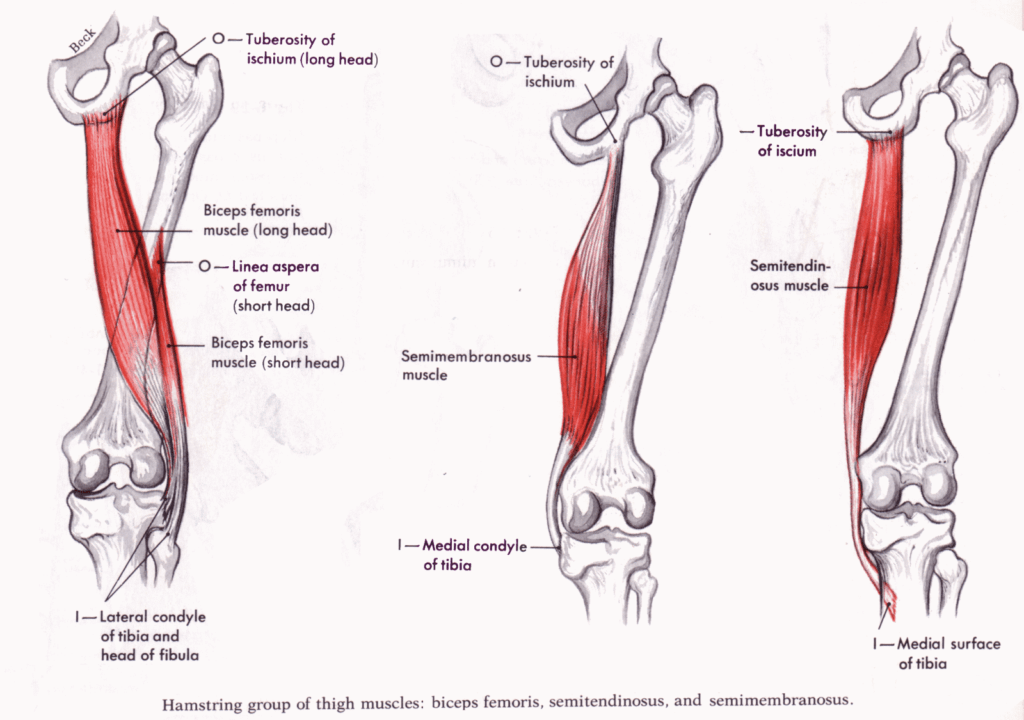Introduction: The Backbone of Rugby
Rugby, often referred to as the “gentleman’s game played by ruffians,” is a high-impact sport that demands a unique blend of athleticism, strength, and strategy. In this relentless battle on the field, the hamstrings, those often underestimated muscles located at the back of your thighs, play a pivotal role that can’t be overstated. In this article, we delve into the world of rugby and explore why hamstrings are indispensable in this physically demanding sport. We will also equip you with effective strategies to enhance the strength and performance of these crucial muscles.

1. Explosive Power: The Driving Force Behind Rugby
The Hamstrings’ Role in Sprinting
Rugby is all about quick bursts of power and speed, whether it’s sprinting down the field or making that critical try-saving tackle. Hamstrings are the unsung heroes responsible for generating the explosive force required in these situations. When you sprint, your hamstrings contract forcefully to extend your hip and flex your knee, propelling you forward with vigor.
Link 1: Rugby’s Need for Speed
Injury Prevention through Strength
Moreover, strong hamstrings serve as a protective shield against injuries. The eccentric strength of these muscles helps control the deceleration of your legs during a sprint, reducing the risk of hamstring strains, a common setback for rugby players. An injury-free player is an asset to any team, making hamstring conditioning a top priority.
Link 2: Preventing Hamstring Injuries in Rugby
2. Tackling with Tenacity: Hamstrings and Defensive Prowess
The Secret to Powerful Tackles
In rugby, bringing down an opponent is not for the faint-hearted. A solid tackle is often the difference between victory and defeat. Hamstrings come into play as you drive your shoulder into the opponent’s midsection, transferring force from your legs to your upper body. Strong hamstrings facilitate this force transfer, enabling you to execute tackles with tenacity.
Enhancing Agility
Aside from tackles, agility is a defining aspect of rugby. Quick direction changes, sidesteps, and swift movements require powerful hamstrings for stability and explosiveness. These muscles help you accelerate, decelerate, and pivot swiftly, making you an elusive target on the field.
Link 3: Agility Drills for Rugby Players
3. The Kicking Game: Precision and Distance
The Hamstrings’ Role in Kicking

Rugby is a sport of precision, and kicking plays a crucial role in gaining territory and securing points. Whether it’s a drop kick, punt, or conversion attempt, your hamstrings are instrumental in generating power and achieving the desired trajectory. These muscles, when trained effectively, can significantly improve the distance and accuracy of your kicks.
Link 4: Mastering the Rugby Kick
4. Running the Marathon: Endurance and Stamina
Maintaining Stamina Throughout the Game
Rugby matches are not sprints; they are marathons. Lasting for 80 minutes of intense physical exertion, rugby demands remarkable endurance. Strong hamstrings contribute to your overall stamina, ensuring you can keep up the pace, whether you’re carrying the ball forward, supporting your teammates in rucks and mauls, or defending your try line.
The Role of Hamstrings in Reducing Fatigue
Furthermore, well-conditioned hamstrings reduce the risk of early fatigue, allowing you to stay focused and make split-second decisions when it matters most. As you push your body to the limits, these muscles help maintain your form and prevent muscle imbalances that can lead to injuries.
Link 5: Rugby Fitness: Building Endurance
5. A Comprehensive Approach: Improving Your Hamstrings
Strength Training for Hamstrings
Now that we’ve established the critical role of hamstrings in rugby, it’s time to explore how you can improve them. Strength training is the cornerstone of hamstring development. Incorporate exercises like deadlifts, Romanian deadlifts, and hamstring curls into your fitness regimen to build strength.
Flexibility and Mobility
Flexibility and mobility are equally important. Regular stretching routines that target your hamstrings can help prevent injuries and improve your range of motion. Incorporate dynamic stretching exercises such as leg swings and static stretches like toe touches into your warm-up and cool-down routines.
Plyometrics for Explosive Power
To boost explosive power, plyometric exercises like box jumps, squat jumps, and hurdle hops are invaluable. These exercises not only strengthen your hamstrings but also enhance your overall athleticism.
Link 6: Hamstring Strengthening Exercises
Conclusion
In the high-octane world of rugby, every muscle group plays a vital role, but the hamstrings stand out as an unsung hero. From explosive sprints to bone-crushing tackles, precision kicks, and enduring the marathon that is an 80-minute match, strong hamstrings are your silent partners in success. Now that you understand their significance, it’s time to invest in their development. By incorporating strength training, flexibility exercises, and plyometrics into your training routine, you can unlock the full potential of your hamstrings and elevate your rugby game to new heights.
In the heart of rugby’s battlefield, where victory is measured in inches and moments, your hamstrings are your loyal companions. These seemingly inconspicuous muscles are the hidden champions, enabling you to sprint faster, tackle harder, kick with precision, endure the grueling match, and ultimately emerge victorious. As you embark on your journey to rugby greatness, remember that it’s not just about your brawn but also the strength of your hamstrings that can make all the difference.
So, lace up your boots, hit the training field, and let your hamstrings lead the way to glory in the world of rugby!

